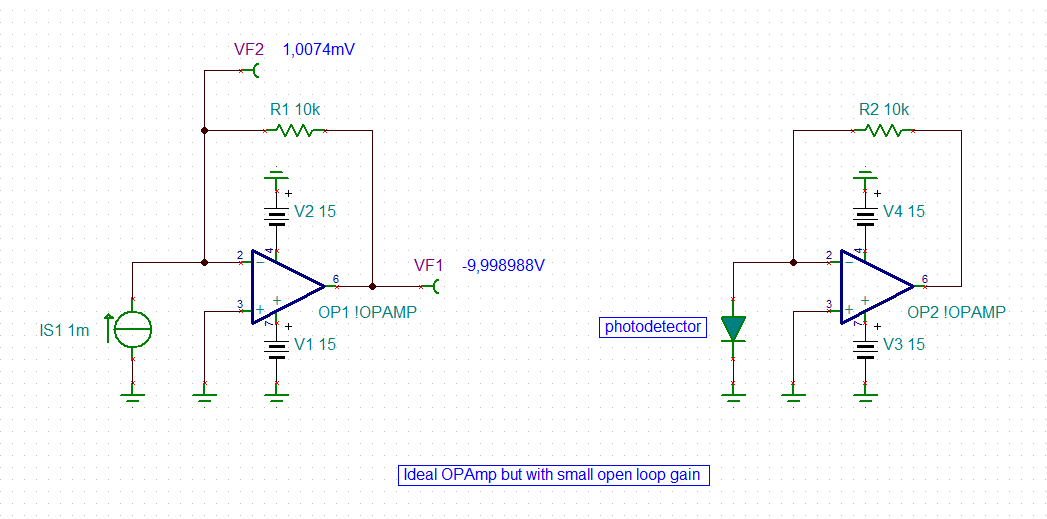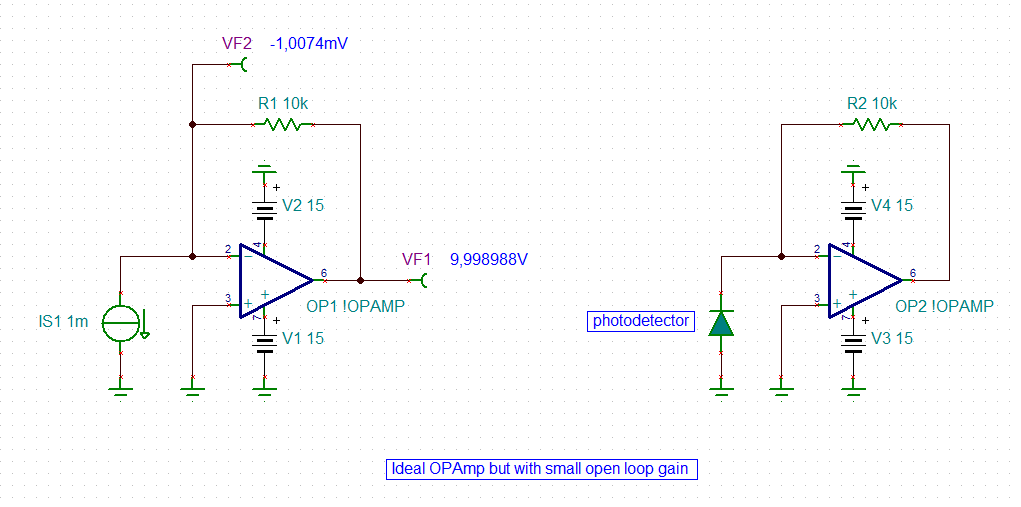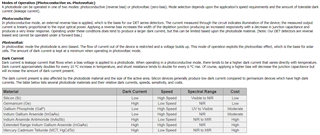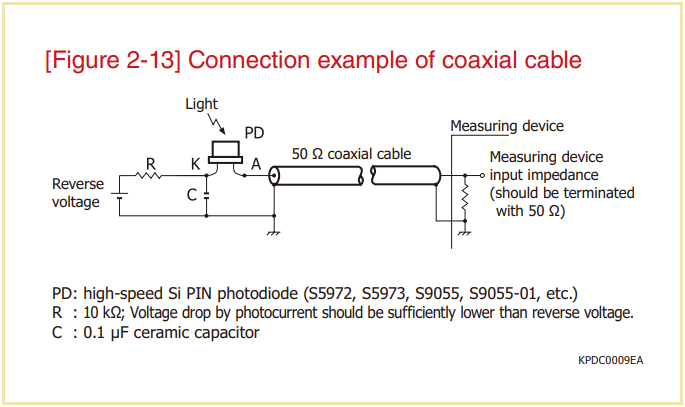Other Parts Discussed in Thread: OPA392
I was reviewing this 2014 reference design by Caldwell,\ (TIDU535), I believe he misuses the "photo-conductive" term here - his circuit at this point is zero bias on the photo-diode which is commonly called photo-voltaic where Photo-conductive is used for reverse biased detectors,
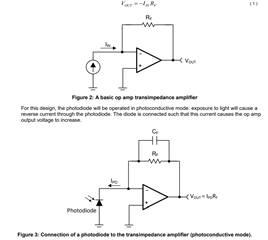
Here is one of many references that make this distinction, If I am missing something, and I have not gotten all the way through this Caldwell document, let me know.


